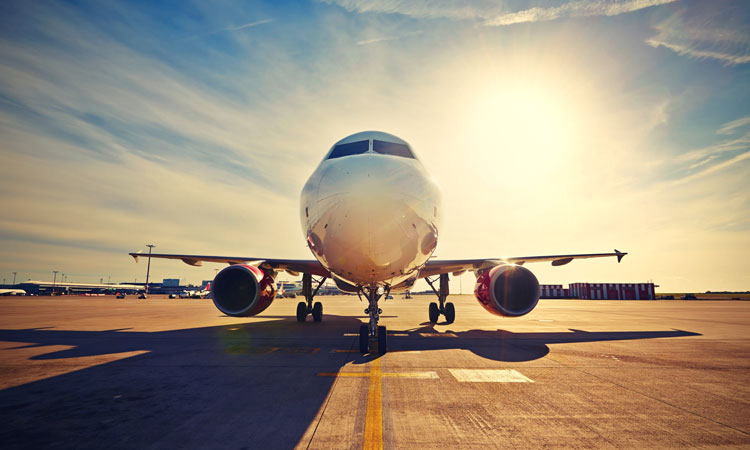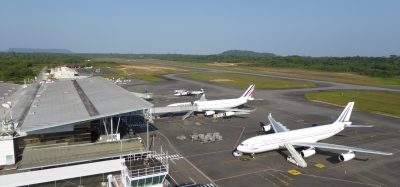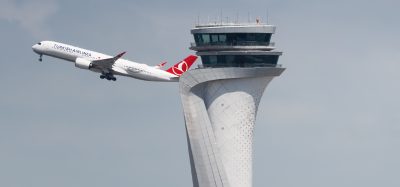ACI World publishes annual Airport Economics Report for 2018
Posted: 23 April 2020 | International Airport Review | No comments yet
ACI’s report outlines a globally profitable aviation industry prior to the COVID-19 pandemic, highlighting the importance of a stable and healthy sector.


Airports Council International (ACI) World has announced that it has published its annual Airport Economics Report – highlighting the important role that the airport industry plays in fostering global economic prosperity – which includes key financial data on developments in the airport business for the financial year 2018.
The report provides a snapshot of a healthy and globally profitable industry prior to the COVID-19 pandemic and serves as an indication of how crucial a fair, balanced and equitable recovery from the pandemic will be for aviation and the global economy.
Angela Gittens, ACI World Director General, said: “The COVID-19 outbreak has resulted in an unprecedented and dramatic decline in air travel this year. Airport revenue generation and growth are directly linked to traffic levels, and the global airport industry is expected to lose $76 billion in 2020. Our Economics Report and KPIs show the immense value a healthy and successful airport industry provides to the global economy and illustrates why assistance and relief is needed for the sector to ensure essential operations and protect millions of jobs.”
Join our free webinar: Revolutionising India’s travel experience through the Digi Yatra biometric programme.
Air travel is booming, and airports worldwide need to move passengers faster and more efficiently. Join the Digi Yatra Foundation and IDEMIA to discover how this groundbreaking initiative has already enabled over 60 million seamless domestic journeys using biometric identity management.
Date: 16 Dec | Time: 09:00 GMT
rEGISTER NOW TO SECURE YOUR SPOT
Can’t attend live? No worries – register to receive the recording post-event.
Gittens continued: “Airports are facing difficult prospects right now because a significant proportion of airports’ costs – capital costs, in particular – are fixed, leaving less of a cushion during a downturn, especially one of this unprecedented magnitude. As a significant portion of airport revenues goes to fund the much-needed capacity development once business-as-usual operations resume, any decrease in revenue may have a dramatic impact on airport development and, in turn, on the airline business. This is because aviation is an interdependent and interconnected ecosystem and, in order to stay afloat, it will require a coordinated and strategic response to overcome the unexpected difficulties and get back on track as soon as possible.”
ACI’s report found that global industry revenue grew by 4.3 per cent in 2018, reaching $178.2 billion, but that revenue per passenger declined by 1.7 per cent. The distribution of global revenues was: Aeronautical revenue represented 55.9 per cent; non-aeronautical revenue represented 39.2 per cent; and non-operating revenue represented 4.9 per cent.
Global airport revenue per passenger was $17.95, of which aeronautical revenue accounted for $10.03 and non-aeronautical revenue $7.03 (the remainder being non-operating revenue). Significantly, total cost per passenger was $13.76, further illustrating the importance of developing sources of non-aeronautical revenue to bolster the revenue collected from aeronautical activities.
Airport revenues saw a lower growth than traffic, and the decrease in aeronautical and non-aeronautical revenues on a per-passenger basis of 2.3 per cent and 2.2 per cent respectively, are reflective of the diverse market forces shaping airport pricing. Airport charges and capacity constraints require flexible solutions that move away from strict forms of pricing regulation, considering the long-term forecasts for global air service demand still show the potential for growth.
The International Airport Summit is open for registration!
Date: 19 – 20 November 2025
Location: JW Marriott Hotel Berlin
At our flagship event of the year, we will dive into the future of airport operations, with expert-led sessions on passenger experience, innovative smart technologies, baggage handling, airside operations, data, security, and sustainability.
This is where global airport leaders come together to share insights, challenges, and real-world solutions.
Limited complimentary passes are available for eligible professionals – first come, first served!
Related topics
Aeronautical revenue, COVID-19, Economy, Funding and finance, Non-aeronautical revenue, Passenger volumes


















